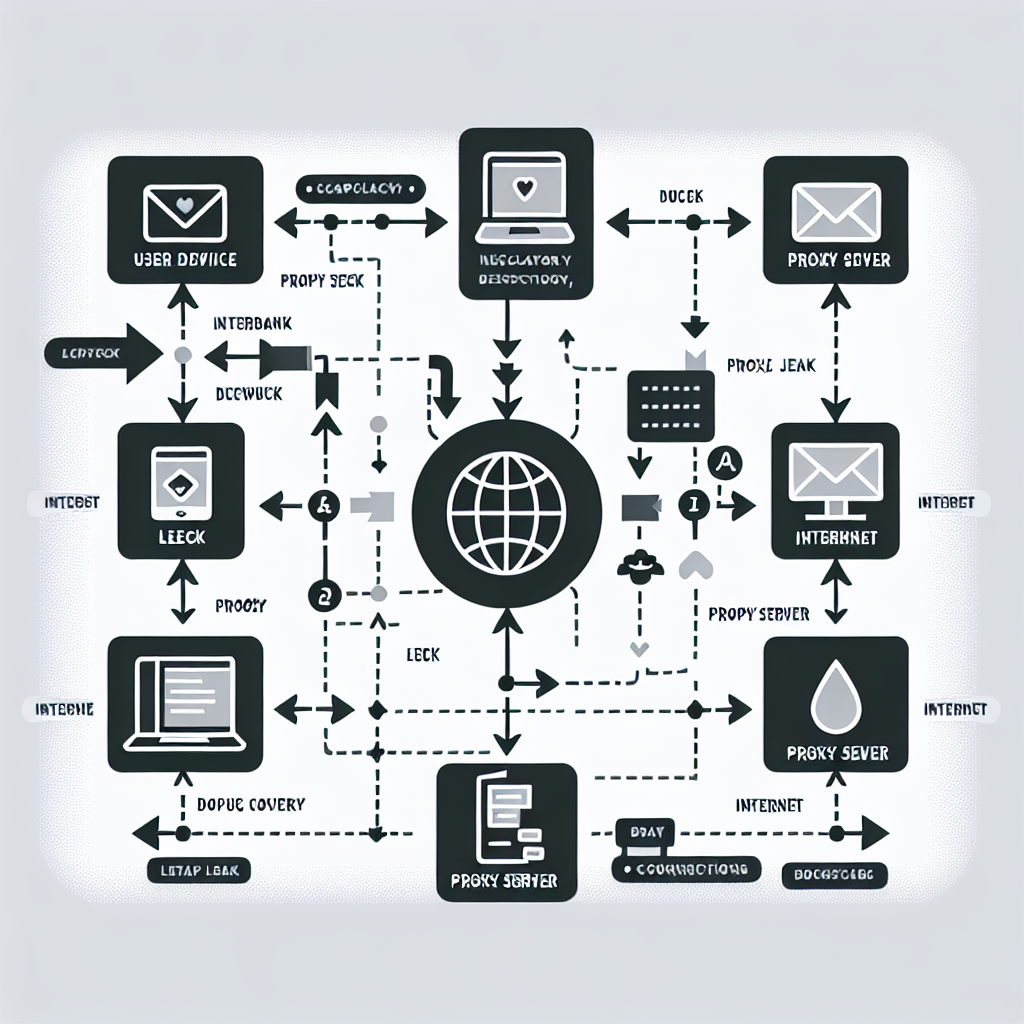Understanding WebRTC Leak in the Context of Proxy Usage
In our increasingly interconnected digital landscape, privacy and security have become paramount for internet users—especially for those who rely on proxies to conceal their online activities. However, an often-overlooked vulnerability lurks in the shadows: the WebRTC leak. Let’s unpack this phenomenon to understand its implications for proxy users.
What is WebRTC Leak?
WebRTC, or Web Real-Time Communication, is a technology that facilitates peer-to-peer connections in web applications, enabling real-time audio, video, and data sharing without the need for plugins. While this capability enhances the functionality of services like video conferencing and online gaming, it also poses a risk for those using proxies or Virtual Private Networks (VPNs) to mask their IP addresses.
A WebRTC leak occurs when your real IP address is exposed through a WebRTC-enabled application, even while you are connected to a proxy or VPN. This means that, despite your efforts to maintain anonymity, your actual location and identity could be compromised.
How Does It Work?
When you access a website that utilizes WebRTC, your browser establishes a direct connection with other peers. This is where the trouble begins. The WebRTC protocol automatically attempts to gather and share your local and public IP addresses to create a seamless connection. Consequently, if you're using a proxy or VPN to hide your IP, the WebRTC feature can inadvertently reveal your true IP address to the website or service you're interacting with.
To illustrate, think of it like a secret agent trying to communicate securely with headquarters. The agent uses an encrypted channel (the proxy/VPN) to send messages. However, during a crucial moment, the agent accidentally sends a message revealing their true location. In this scenario, the encrypted channel is compromised, and the agent's secrecy is lost.
Why is it Important for Proxy Users?
For proxy users, the risk of WebRTC leaks is significant. Many people utilize proxies to enhance their privacy, bypass geographical restrictions, or secure their online activities. However, if WebRTC leaks are not addressed, these users could unknowingly expose their true identities, undermining their reasons for using a proxy in the first place.
This is particularly concerning for individuals engaging in sensitive activities—whether it's journalists communicating with sources, activists organizing under oppressive regimes, or everyday users wanting to maintain their personal privacy. The implications can range from minor inconveniences to serious threats to safety and freedom.
A Simple, Real-World Example
Let’s consider Sarah, a freelance journalist working on a sensitive story about government corruption. To protect her identity, she connects to a VPN while conducting her research online. Sarah believes she is safe, hidden behind her VPN’s IP address. However, she visits a news website that uses WebRTC to enable its interactive features. Unbeknownst to her, her browser sends out a request revealing her real IP address, which is logged by the website.
Later, when Sarah attempts to publish her story, she discovers that her real identity has been compromised, putting not only her work but also her safety at risk. This outcome underscores the importance of understanding and mitigating WebRTC leaks for anyone relying on proxies or VPNs.
Conclusion
In a world where digital privacy is increasingly fragile, understanding WebRTC leaks is crucial for anyone using proxies. By staying informed and taking proactive measures—such as disabling WebRTC in browser settings or using tools designed to prevent leaks—users can better protect their online identities. As we navigate this complex web of connectivity, let’s remember that every piece of data tells a story, and it's our responsibility to ensure that story remains ours to tell.

Comments (0)
There are no comments here yet, you can be the first!